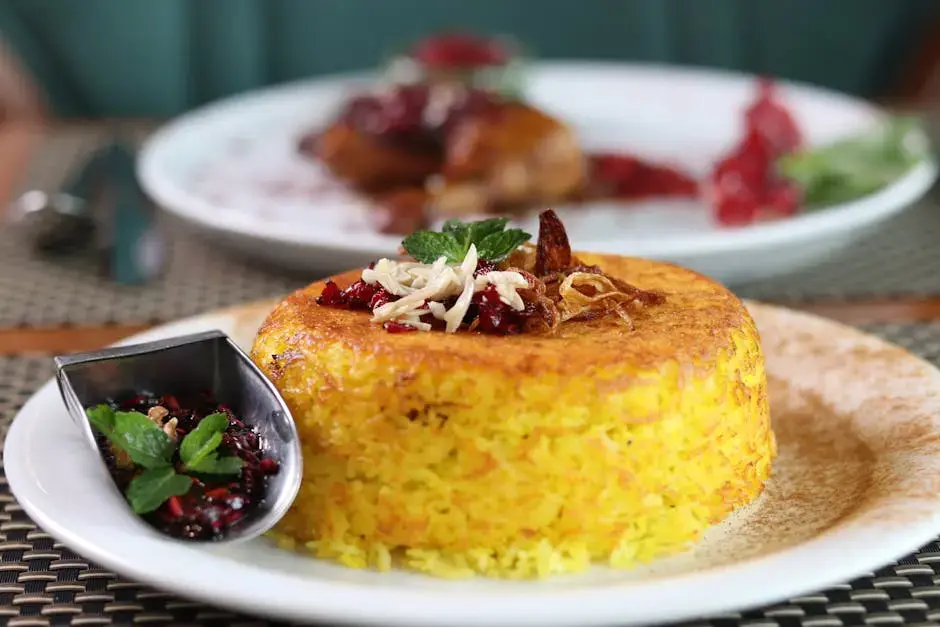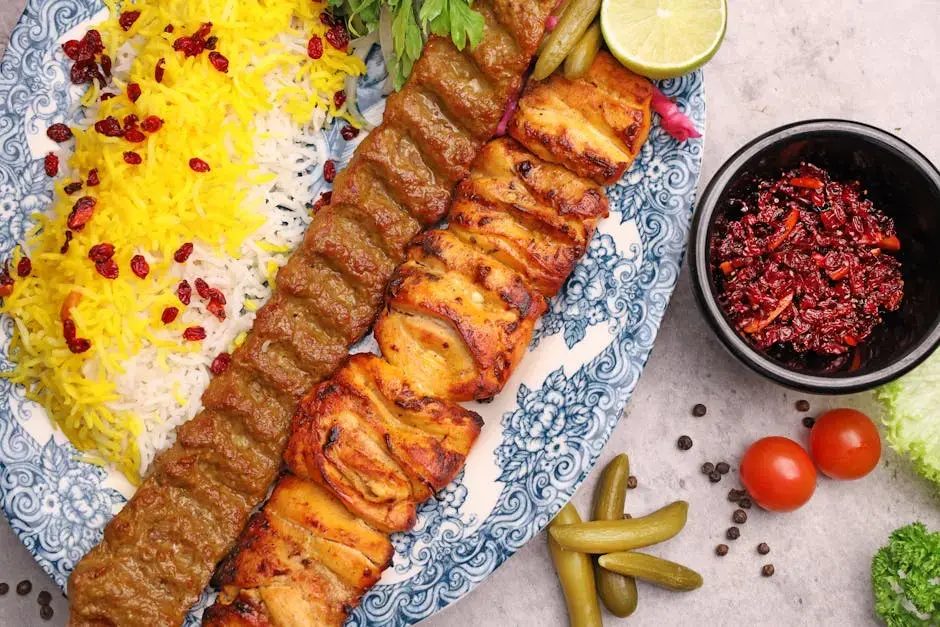How Is Saffron Used in Traditional Persian Dishes?
- Chelo
- Oct 5
- 3 min read
Saffron, often referred to as 'red gold', is a treasured spice that has been an integral part of Persian cuisine for centuries. Known for its aromatic flavor and vibrant color, saffron is used in a variety of traditional dishes, adding a unique touch that's hard to replicate. In this blog, we'll explore the fascinating ways saffron is used in Persian dishes and how it enhances the culinary experience.

Understanding Saffron's Importance in Persian Cooking
Saffron holds a special place in Persian culture, not just as a culinary staple but also for its historical significance and medicinal properties. Its use dates back thousands of years, symbolizing wealth and health.
The rich color and unique aroma of saffron elevates Persian dishes to a form of art. Beyond its culinary uses, saffron is cherished for its purported health benefits, including antioxidant properties and mood-enhancing effects. The spice's value is so appreciated that it’s often gifted during Persian New Year celebrations, symbolizing prosperity and happiness.
Saffron cultivation is primarily found in specific regions of Iran, where the climate and soil composition are ideal for growing high-quality saffron. This ensures that Persian saffron maintains its status as some of the finest available in the world.
How Saffron Is Infused in Persian Rice Dishes
Rice dishes, such as 'chelow' and 'tahdig', often feature saffron as a star ingredient. Saffron-infused water gives these dishes their golden hue and subtle, aromatic flavor, elevating them to a new level of culinary delight.
In the delicate preparation of 'chelow', rice is parboiled and then steamed, often flavored with saffron which is soaked and mixed with butter before being sprinkled over the steaming rice. This infuses the dish with a deep color and fragrance that are signature to Persian cuisine.
The beloved 'tahdig', or crispy rice, is another testimony to the importance of saffron in Persian cooking. As the bottom layer of the rice pot crisps, the infused saffron adds a distinct color and flavor to this cherished part of the meal, turning it into a sought-after delight.
Using Saffron in Stews and Soups
In Persian stews, or 'khoresh', saffron is used to enhance both flavor and presentation. Its delicate, earthy notes complement the rich, hearty ingredients typical of Persian stews, making the dish both vibrant and flavorful.
For instance, in 'khoresh bademjan', an eggplant stew, saffron is added towards the end of the cooking process to retain its essence and to bind the flavors of eggplant, tomatoes, and spices seamlessly. The saffron acts almost like a bridge, enhancing the flavor profile while adding a stunning golden tint to the stew.
Saffron is equally important in soups, such as 'ash reshteh', where its subtle presence can make a tangible difference. Saffron adds depth to the thick soup, enriching the blend of herbs, legumes, and noodles to create a hearty and aromatic bowl.
Saffron's Role in Persian Desserts
Traditional Persian desserts like 'sholeh zard' (saffron rice pudding) rely on saffron for their distinctive color and flavor. This prized spice is key to achieving the perfect balance of sweetness and aroma.
In 'baklava', a sweet pastry, saffron is sometimes paired with rosewater to highlight its rich layers of nuts and syrup. The blend of these flavors creates a luxurious dessert that is both fragrant and visually appealing, representing the intricacies of Persian cooking.
Saffron also finds its place in more modern Persian desserts, fused with traditional ingredients to offer a new twist. From saffron ice creams to saffron cake, this spice continues to be reimagined, showcasing its versatility and timeless appeal.
Tips for Cooking with Saffron at Home
When cooking with saffron, a little goes a long way. To get the most out of its flavor, gently crush the threads and soak them in warm water before adding to your dishes. This allows the full intensity of the spice to infuse your meal.
Investing in good quality saffron is crucial. Look for threads that are deep red with a honeyed aroma. Storage is also important: keep saffron in an airtight container in a cool, dark place to preserve its vibrant color and potency.
Experimenting with saffron can be rewarding; it can be used in various cuisines beyond Persian dishes. Try incorporating it into your marinades, teas, or even baked goods for a lovely aromatic touch.
Embracing Saffron's Allure in Persian Cuisine
Saffron's distinctive flavor and color make it a prized ingredient in Persian cuisine, treasured for its ability to transform ordinary dishes into extraordinary culinary experiences. From aromatic stews to delightful saffron rice, its versatility is celebrated in every region of Iran. Whether you're a seasoned cook or new to Persian cooking, experimenting with saffron can open up a world of flavors and bring a taste of Persian tradition to your table.




Comments